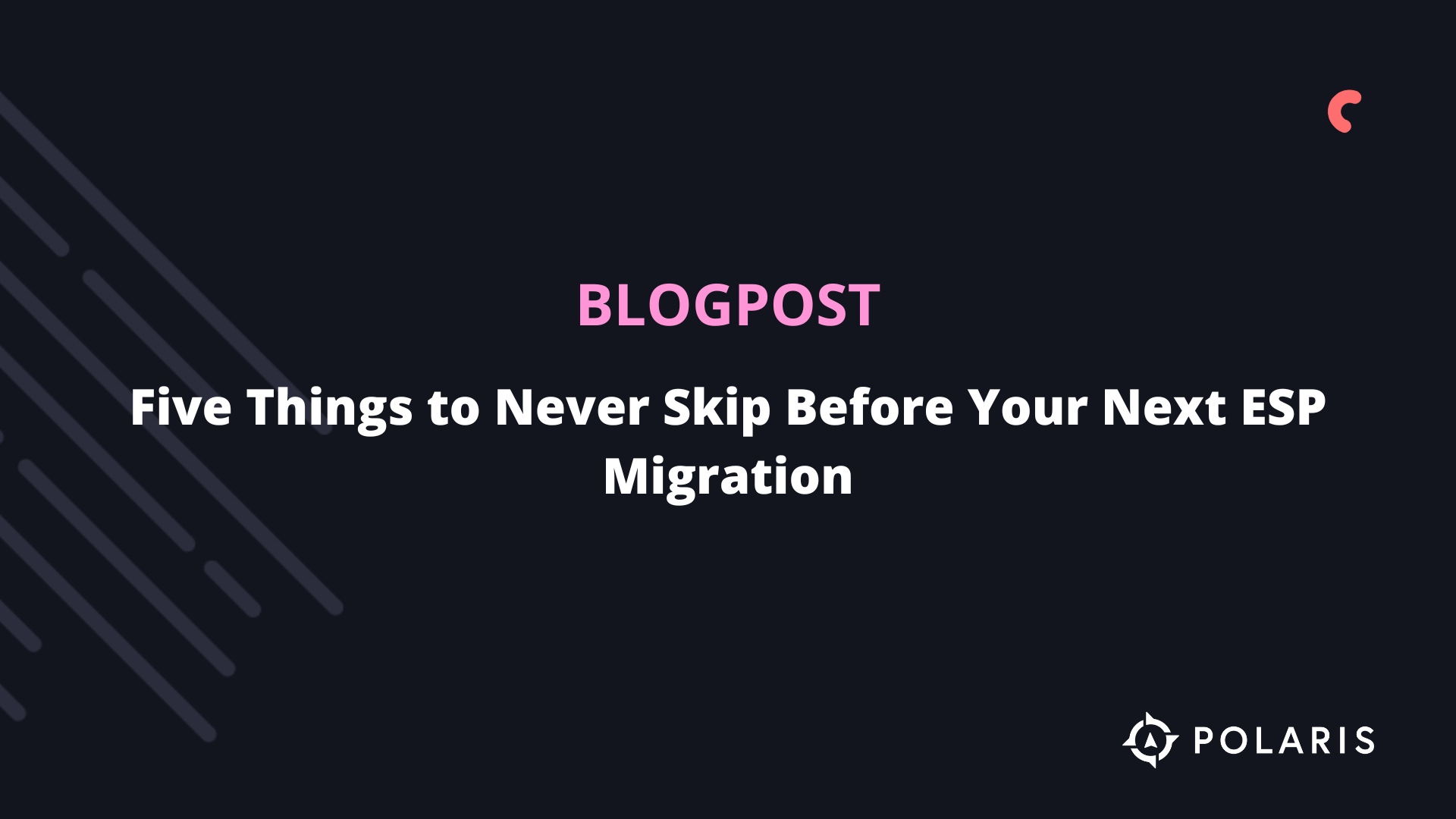Klaviyo API Integration



Overview
When you integrate a third-party app with Klaviyo, the two platforms exchange information. Most of the data exchanged via a Klaviyo integration flows in one direction; data is pulled into your Klaviyo account, allowing you to utilize a wide range of customer information. This article provides an overview of how information is synchronized between Klaviyo and your third-party apps.
How Integrations Synchronize Information to and from Klaviyo
Your Klaviyo APIs are interfaces through which data can be exchanged between Klaviyo and other applications you wish to connect with your Klaviyo account.
Klaviyo generates two types of API keys:
- Public
Your public API Key is sometimes referred to as your Site ID. While your public API Key identifies your Klaviyo account, it cannot be used by a third-party app to access private information within your Klaviyo account.
- Private
Private API keys are used for reading data from Klaviyo and manipulating sensitive objects such as lists. This ensures that updating subscription information and other customer data is done securely and privately. Private API keys should be treated like your password; they should be kept in a secure place and never made public. You can generate new private API keys for different applications to track the source of the data being added to your Klaviyo account.
For more specific information about the types of Klaviyo API keys, refer to the Klaviyo API Reference Guide and Klaviyo’s complete API Reference Documentation.
Types of APIs
API types are defined by a set of protocols. Your Klaviyo account consists of two API types:
REST API
REST is a set of protocols that apps can use to exchange messages. Within Klaviyo, messages exchanged between apps are often in JSON format, which is a structured way to format information in API messages. With different types of REST APIs, you can manage specific parts of your Klaviyo account, including:
- Metrics
- Profiles
- Lists
- Campaigns
- Templates
- Flows
With your Metrics API, you can manipulate event data within your Klaviyo account. With your Profile API, you can manipulate profile data within your Klaviyo account.
Track and Identify APIs
By using Track and Identify APIs, you can track and identify actions that someone has taken. Most data involved in a Klaviyo synchronization flows in one direction; data is often brought into Klaviyo via Track and Identify APIs. Track APIs can import tracking actions, such as a placed order or a started subscription. Identify APIs can import identifying data, such as a birth date or a gender property.
To track events or identify properties in a third-party app, you may need to add a code snippet to the platform to synchronize events or properties back to Klaviyo. In many of Klaviyo's built-in integrations, these code snippets are automatically added to the third-party site. For example, when you integrate with Shopify or BigCommerce, the code snippets that enable the installation of signup forms are installed automatically.
Sometimes you will need to manually add a code snippet to a third-party platform. An example of this is enabling web tracking for your e-commerce store. Once you have set up your integration, you can synchronize various types of data to your Klaviyo account.
For more information, Types of Information Synced Between Klaviyo and Apps.
%20(1).png)





